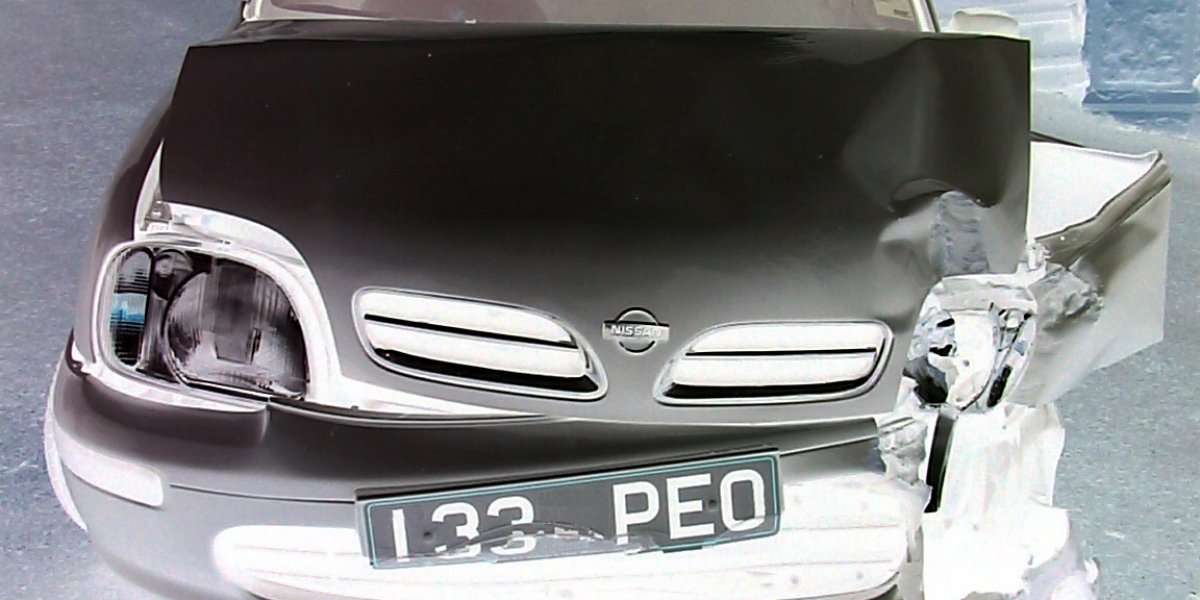Hollow or sunken temples can create a gaunt or tired appearance, emphasizing lines around the eyes and forehead, and subtly affecting overall facial harmony.
Fortunately, advances in cosmetic dermatology and facial aesthetics have provided solutions that are minimally invasive yet highly effective. One such solution is the use of fillers. This article explores how temple filler can rejuvenate hollow or sunken temples, its benefits, types, procedure, and considerations.
Understanding Hollow or Sunken Temples
Hollow temples occur due to a combination of factors, including aging, genetics, and lifestyle habits. As we age, the natural fat pads in the face, including those in the temples, gradually diminish. Additionally, the underlying bone structure can recede over time, further accentuating hollow areas. This volume loss not only creates a sunken appearance but also affects the overall contour of the face.
The consequences of hollow temples extend beyond mere aesthetics. Sunken temples can make a person appear older, fatigued, or even unwell. They can also highlight other facial imperfections, such as crow’s feet, deep forehead lines, and sagging cheeks, contributing to a disproportionate and unbalanced facial appearance.
The Role of Temple Fillers
Temple are injectable substances designed to restore volume and contour to the temple region. By replenishing the lost volume, fillers can effectively smooth out hollow areas, creating a more youthful, balanced, and harmonious facial profile. Unlike surgical procedures, fillers are minimally invasive and offer immediate results with minimal downtime.
The primary goal of temple filler treatment is to rejuvenate the area subtly and naturally. Unlike aggressive treatments that can create an unnatural “overfilled” look, modern filler techniques focus on restoring what has been lost rather than adding excess volume. This approach ensures that the results are subtle, natural-looking, and age-appropriate.
Types of Fillers for Temple Rejuvenation
Several types of fillers can be used to rejuvenate hollow temples. The choice of filler depends on the desired effect, the depth of the hollow, and the patient’s individual anatomy. The most commonly used fillers include:
Hyaluronic Acid Fillers: Hyaluronic acid (HA) is a naturally occurring substance in the skin that retains moisture and adds volume. HA fillers are highly versatile and can create smooth, natural contours. They are also reversible, offering safety and flexibility.
Calcium Hydroxylapatite Fillers: These fillers are denser than HA fillers and are ideal for deeper hollows. Calcium hydroxylapatite stimulates collagen production, providing longer-lasting results.
Poly-L-lactic Acid Fillers: These are collagen-stimulating fillers that gradually restore volume over time. They are particularly effective for patients seeking gradual, long-term rejuvenation.
The choice of filler is best made by a qualified aesthetic practitioner who considers the patient’s anatomy, skin type, and aesthetic goals.
The Procedure
Temple filler procedures are typically performed in a medical office and do not require general anesthesia. The process generally involves the following steps:
Consultation: The practitioner evaluates the patient’s facial anatomy, discusses goals, and determines the appropriate filler type and volume.
Preparation: The temple area is cleaned, and a topical numbing cream or local anesthetic is applied to ensure comfort during the injections.
Injection: Using fine needles or cannulas, the filler is carefully injected into the hollow areas of the temples. The practitioner may use a layered approach to achieve a smooth, natural contour.
Massage and Shaping: After injection, the area is gently massaged to evenly distribute the filler and refine the shape.
Aftercare: Patients are typically advised to avoid strenuous activity, excessive sun exposure, and alcohol for a short period. Minor swelling or bruising may occur but usually resolves within a few days.
Benefits of Temple Fillers
Fillers offer several advantages that make them an appealing option for facial rejuvenation:
Immediate Results: Unlike some procedures that take weeks to show effects, fillers provide instant volume restoration and contouring.
Minimally Invasive: The procedure involves no surgery, stitches, or significant downtime.
Natural Appearance: When performed by a skilled practitioner, fillers can restore a youthful contour without appearing artificial.
Customized Treatment: The volume and placement can be tailored to each individual’s anatomy and aesthetic goals.
Collagen Stimulation: Certain fillers stimulate collagen production, enhancing skin elasticity and long-term rejuvenation.
Considerations and Risks
While cheeks fillers are generally safe, they are not without considerations. Potential side effects include temporary swelling, bruising, redness, and tenderness at the injection site. Rarely, vascular complications can occur if the filler is inadvertently injected into a blood vessel, which highlights the importance of choosing an experienced and trained injector.
Additionally, patient expectations should be realistic. chin fillers can restore lost volume and improve facial harmony, but they do not halt the natural aging process. Periodic touch-ups may be necessary to maintain results, as the body gradually metabolizes the filler.
Ideal Candidates
Temple fillers are suitable for a wide range of individuals experiencing volume loss in the temples. Ideal candidates include:
Individuals with noticeable hollowing or sunken temples due to aging or genetics.
Those seeking a non-surgical, minimally invasive rejuvenation option.
Patients in good overall health with realistic expectations.
Individuals with active infections in the treatment area, certain autoimmune conditions, or a history of severe allergic reactions should avoid fillers or consult a specialist before treatment.
Transforming Facial Aesthetics
The impact of fillers extends beyond the temple region itself. By restoring volume, the treatment enhances the overall facial structure, creating a balanced, youthful appearance. Sunken temples often exaggerate signs of aging elsewhere on the face; by addressing this area, fillers can subtly reduce the appearance of forehead lines, drooping eyelids, and hollow cheeks, harmonizing the facial proportions.
Moreover, the psychological benefits should not be underestimated. Patients often report increased confidence and satisfaction with their appearance, as rejuvenated temples contribute to a fresher, healthier, and more vibrant look.
Conclusion
Temple fillers offer a safe, effective, and minimally invasive solution for hollow or sunken temples. By restoring lost volume, they rejuvenate the facial contour, harmonize proportions, and enhance overall aesthetics. Modern filler techniques focus on subtle, natural results that improve not only appearance but also self-confidence.
As with any cosmetic procedure, choosing a qualified and experienced practitioner is essential to achieve optimal results while minimizing risks. With the right approach, fillers can transform hollow temples into smooth, youthful contours, demonstrating that sometimes, a small touch in a small area can have a big impact on one’s overall appearance.








